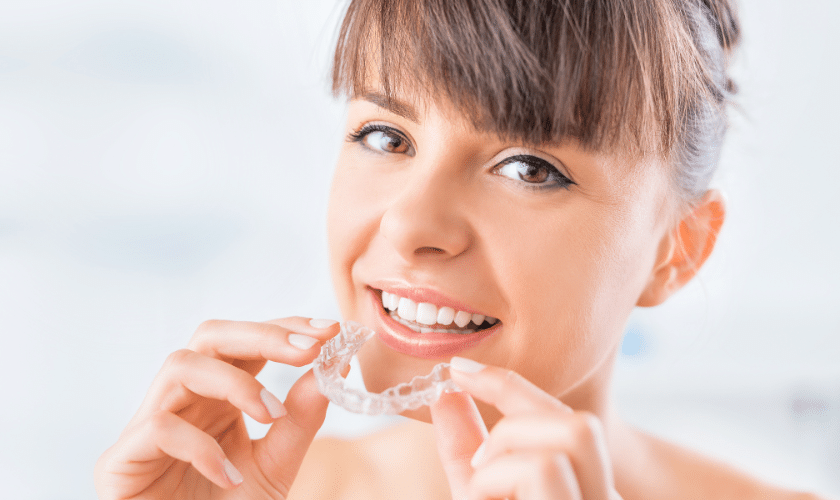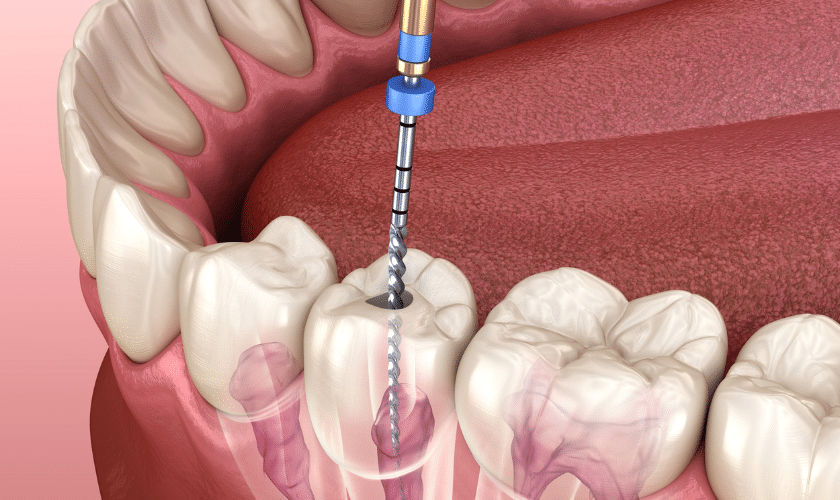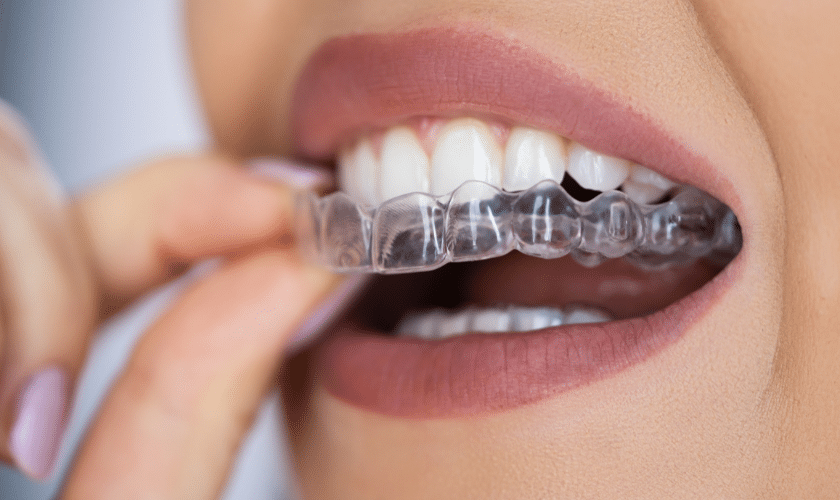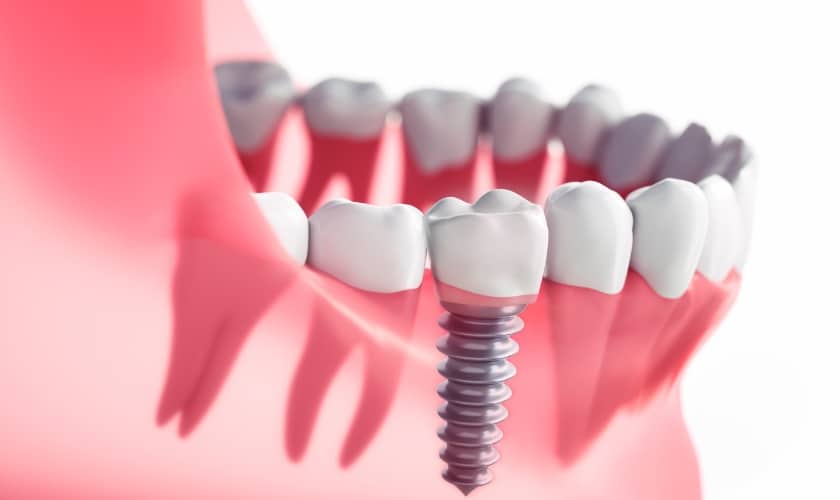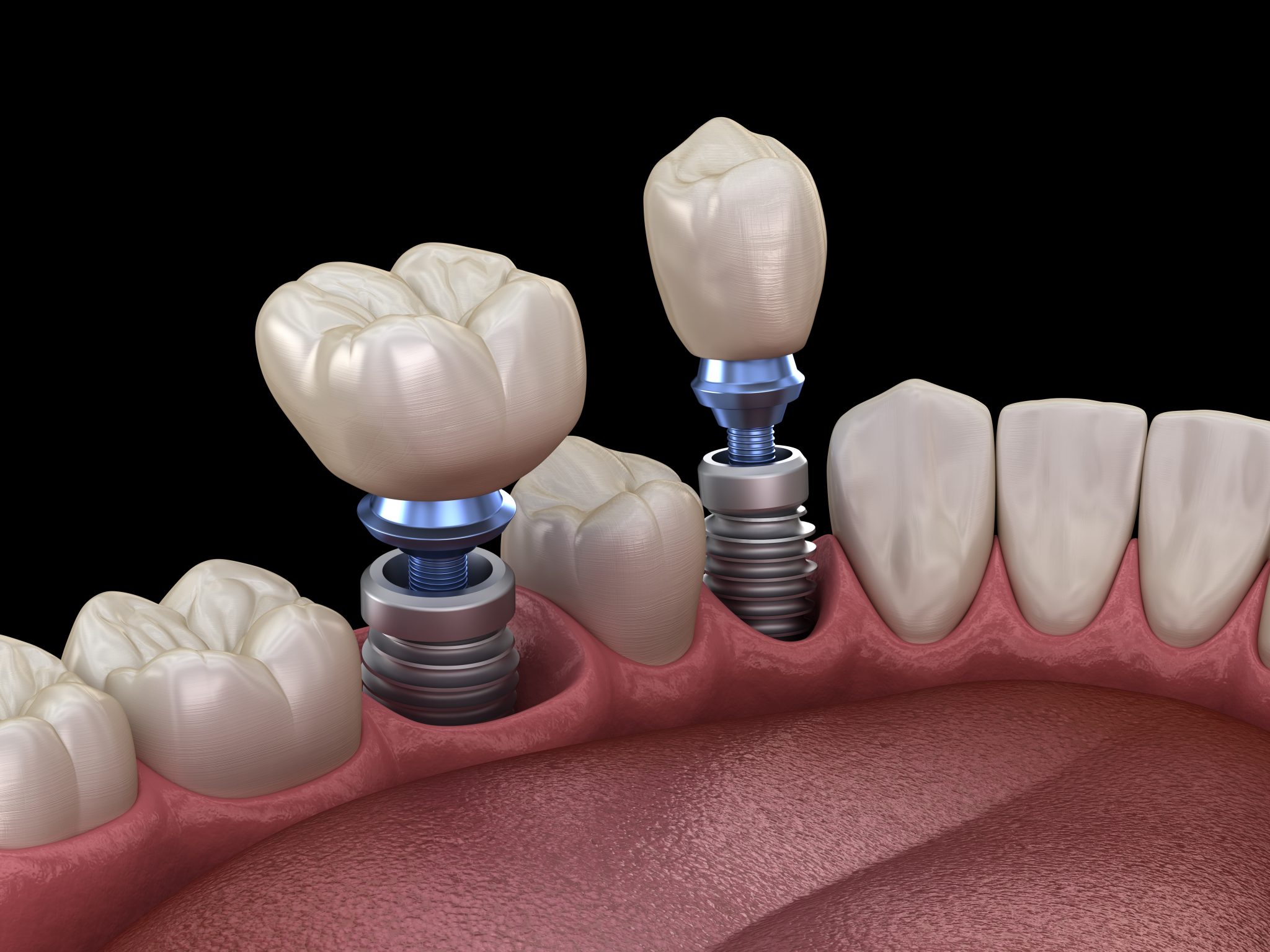Are you dreaming of a flawless smile, but hesitant to commit to traditional braces? You’re not alone! Many people desire straighter teeth, without the hassle and visibility of metal brackets. That’s where clear aligners come in – an innovative solution for discreetly transforming your smile.
When it comes to clear aligners, two brands stand out from the rest: Clear Correct and Invisalign. Both offer impressive results with their advanced technology, but which one is right for you? Join us as we dive into a detailed comparison between Clear Correct and Invisalign, so you can make an informed decision on your path towards dental perfection.
Say goodbye to self-consciousness and hello to confidence – let’s explore the world of clear aligners together!
What Do Aligners Correct?
Clear aligners are revolutionizing the world of orthodontics, offering a discreet and comfortable alternative to traditional braces. But what exactly do these magical aligners correct? Let’s take a closer look.
Alignment Issues: One of the primary reasons people turn to clear aligners is to address alignment issues with their teeth. Whether you have overcrowding, gaps between teeth, or crookedness, aligners can help straighten out these imperfections and give you that perfectly aligned smile you’ve always dreamed of.
Bite Problems: In addition to addressing alignment issues, clear aligners can also help correct bite problems. If your upper and lower jaws don’t fit together properly when biting down, it can lead to discomfort or even jaw pain. With the use of precision-made aligner trays, these bite problems can be gradually corrected over time.
Overbites & Underbites: Overbites occur when the upper front teeth protrude further than the lower front teeth, while underbites happen when the lower teeth extend past the upper ones. Clear aligners have proven effective in treating both overbites and underbites by gently guiding your teeth into proper alignment.
Crossbites: A crossbite occurs when some top teeth sit inside the bottom ones instead of outside them as they should be. This misalignment not only affects your appearance but also puts unnecessary stress on certain teeth. Clear aligners work wonders in correcting crossbite issues for improved aesthetics and optimal dental health.
Now that we understand what clear aligners can fix let’s compare two popular brands – Clear Correct versus Invisalign – to determine which one may be right for you!
Is Clear Correct As Good As Invisalign?
When it comes to teeth alignment, both Clear Correct and Invisalign have gained popularity as effective options. But is one better than the other? Let’s delve into the details.
Clear Correct and Invisalign are both clear aligner systems that can correct various dental issues such as overcrowding, gaps between teeth, and misalignment. They work by gradually shifting your teeth into their desired positions using a series of custom-made aligners.
While some may argue that one brand is superior to the other, it ultimately depends on your specific needs and preferences. Both Clear Correct and Invisalign offer similar benefits – discreet appearance, removable aligners for easy cleaning and eating, reduced discomfort compared to traditional braces.
However, there are some differences worth noting. Clear Correct tends to be more affordable than Invisalign in many cases. Additionally, Clear Correct uses different materials for their aligners which may suit certain individuals better.
Ultimately though, whether you choose Clear Correct or Invisalign will depend on factors like cost, severity of your dental issue, and personal preference. Consulting with an experienced orthodontist can help determine which option is best suited for you.
Remember: what matters most is achieving the desired results – a straighter smile that boosts your confidence!
How Is Clear Correct Different From Invisalign?
Clear Correct and Invisalign are both popular options for people looking to straighten their teeth without traditional braces. While they share similarities in terms of being clear aligners, there are some key differences between the two.
One significant difference lies in the materials used to create the aligners. Clear Correct uses a thinner plastic material compared to Invisalign, making them more discreet and comfortable to wear. This can be especially beneficial for individuals who may feel self-conscious about wearing aligners.
Another distinction is the treatment planning process. Clear Correct utilizes a digital scanning system that captures 3D images of your teeth, which are then used to create custom aligners specifically tailored to your needs. In contrast, Invisalign relies on physical impressions or digital scans.
Additionally, Clear Correct offers flexibility when it comes to treatment progression. Unlike Invisalign’s predetermined set of trays, Clear Correct allows dentists greater control over adjustments throughout the course of treatment, potentially resulting in more precise results.
The decision between Clear Correct and Invisalign will depend on factors such as individual preferences and specific dental needs. Consulting with a dental professional is essential in determining which option is best suited for you.
Benefits Of Invisalign
Invisalign has gained immense popularity in recent years, and for good reason. Invisalign’s virtually invisible appearance is one of its biggest advantages. Unlike traditional braces, which are made of metal wires and brackets that can be quite noticeable when you smile, Invisalign aligners are clear and discreet.
Another benefit of Invisalign is its comfort. The aligners are custom-made to fit your teeth perfectly, ensuring a snug and comfortable fit. They are also smooth and don’t have any sharp edges like traditional braces, which can cause discomfort or irritations in the mouth.
Invisalign’s convenience is one of its key advantages.. Since the aligners are removable, you can easily take them out when eating or drinking. This means there are no food restrictions like with traditional braces where certain foods need to be avoided to prevent damage to the wires or brackets.
Maintaining oral hygiene is also easier with Invisalign since you can remove the aligners for brushing and flossing your teeth effectively. This reduces the risk of tooth decay or gum disease often associated with poor oral hygiene during orthodontic treatment.
Furthermore, Invisalign offers shorter treatment times compared to traditional braces in many cases. While individual treatment plans may vary based on specific dental issues, some patients experience faster results due to continuous advancements in technology.
Benefits Of Clear Correct
Clear Correct is a popular alternative to traditional braces and has its own unique set of benefits. One of the main advantages of Clear Correct aligners is their discreet appearance. Made from transparent plastic, they are virtually invisible when worn, allowing you to go about your daily activities with confidence.
Another benefit of Clear Correct is the comfort it offers. The aligners are custom-made for each individual, ensuring a perfect fit that minimizes discomfort. Unlike metal braces that can cause irritation and soreness, Clear Correct aligners are smooth and gentle on your gums and cheeks.
Clear Correct also allows for easy maintenance of oral hygiene. Since the aligners are removable, you can take them out when brushing or flossing your teeth, ensuring proper cleanliness and preventing any buildup of food particles or plaque.
Additionally, Clear Correct treatment typically requires fewer office visits compared to traditional braces. This means less time spent in the dentist’s chair and more time enjoying life.
Choosing Clear Correct as an orthodontic solution comes with several benefits including discreet appearance, comfort, ease of maintenance, and convenience in terms of treatment duration.
The Final Verdict
So, after weighing all the factors and considering the benefits of both Clear Correct and Invisalign, it’s clear that there is no definitive winner. Both aligner systems have their own unique advantages and disadvantages.
If you prioritize a discreet appearance and smooth aligner surface, then Invisalign might be your best bet. Its patented SmartTrack material ensures a comfortable fit while its innovative technology allows for precise teeth movements.
On the other hand, if you’re looking for cost-effectiveness without compromising on quality results, Clear Correct might be worth considering. With its affordable pricing structure and reliable performance, Clear Correct offers an appealing alternative to those on a budget.
The choice between Clear Correct and Invisalign comes down to your specific needs, preferences, and budget. It’s important to consult with an experienced orthodontist who can assess your dental condition properly before making a decision.
Remember that achieving straighter teeth is not just about aesthetics but also about improved oral health. So whichever aligner system you choose – whether it’s Clear Correct or Invisalign – commit to following instructions diligently for optimal results.
When it comes to choosing between Clear Correct and Invisalign, there isn’t a one-size-fits-all answer. Both aligner systems have their own unique features and benefits that make them appealing to different individuals.
If you value the experience and reputation of a well-established brand, Invisalign may be the better option for you. With over 20 years in the market, they have proven themselves as a trusted choice for orthodontic treatment. Their advanced technology and extensive research provide confidence in their ability to deliver effective results.
On the other hand, if affordability is your top priority or if you have more complex dental issues that require additional customization, Clear Correct can be an excellent alternative. Their flexible payment plans and ability to treat various orthodontic cases make them an attractive option for many patients.
The decision between Clear Correct and Invisalign should be made in consultation with your dentist or orthodontist. They will evaluate your specific needs and goals before recommending the best course of action for achieving a straighter smile.
Remember, no matter which aligner system you choose, adherence to instructions is crucial for successful treatment outcomes. So follow your provider’s guidance diligently throughout your journey towards achieving that confident smile you’ve always wanted!
FAQ
1. Are Clear Correct and Invisalign equally effective in correcting teeth alignment?
Both Clear Correct and Invisalign are highly effective in correcting teeth alignment. However, the suitability of each treatment may vary depending on individual cases and the recommendation of your orthodontist.
2. Will wearing aligners affect my speech?
While it is common to experience a slight adjustment period when speaking with aligners, most people adapt quickly within a few days or weeks. With practice, you will be able to speak naturally without any issues.
3. How long do I need to wear clear aligners each day?
For optimal results, it is recommended to wear clear aligners for at least 20-22 hours per day. This allows sufficient time for the aligners to apply gentle pressure and gradually move your teeth into their desired positions.
4. Can I remove clear aligners whenever I want?
One of the advantages of both Clear Correct and Invisalign is that they are removable, allowing you to take them out while eating or drinking (except for water) as well as during special occasions like photoshoots or important events. However, it’s crucial to remember that consistent wear is essential for successful treatment outcomes.
5. How often do I need to visit my orthodontist during treatment?
Typically, follow-up appointments with your orthodontist are scheduled every 4-6 weeks throughout the course of your treatment with either Clear Correct or Invisalign. These visits allow them to monitor progress, make any necessary adjustments, and provide you with new sets of aligner trays.
6. Will insurance cover the cost of clear aligner treatments?
Insurance coverage varies depending on individual plans and providers’ policies; however, many dental insurance plans offer partial coverage for orthodontic treatments such as Clear Correct or Invisalign. It’s advisable to check with your insurance provider beforehand.

